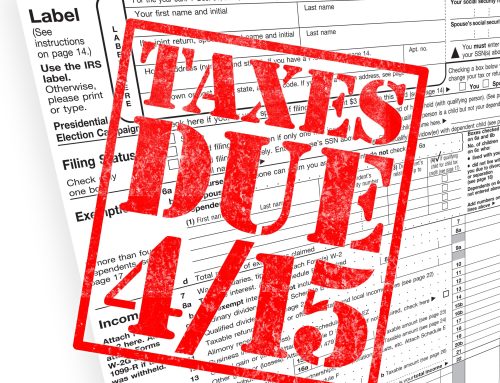Article Highlights:
- Home Equity Loan
- Home Equity Interest Deduction
- Alternative Minimum Tax
- Above-the-Line Interest Deduction
- Qualified Expenses
If you are considering borrowing funds to finance your college education or that of your spouse or children, it is important that you understand that the student loan interest deduction is not limited to the interest paid on government student loans. In fact, virtually any loan interest will qualify as long as the loan proceeds are used solely for qualified higher-education expenses (that is, it is a sole-purpose loan). However, the maximum interest that is deductible each year is $2,500. Thus, in addition to government student loans, home equity lines of credit, personal loans from unrelated parties, and even credit cards can be used if they otherwise qualify. Pension plan loans and loans from related parties do not qualify.
If a loan is not subsidized, guaranteed, financed, or otherwise treated as a student loan under a program of the federal, state, or local government or an eligible educational institution, a payee (the lender) must request a certification from the payer (the borrower) that the loan will be used solely to pay for qualified higher-education expenses. Form W-9S, Request for Student’s or Borrower’s Social Security Number and Certification, is provided by the IRS for this purpose.
You can claim a deduction for student loan interest whether you claim the standard deduction or you itemize your deductions since it is an adjustment to income, often referred to as an above-the-line deduction.
To qualify as an eligible loan, the loan must have been taken out solely to pay the costs of attending an eligible educational institution for an individual during a period when the individual is a qualified student. Eligible costs include:
- Tuition
- Fees
- Room and board
- Books and equipment
- Other necessary expenses (including transportation)
The expense must be incurred within a reasonable time before or after the debt is incurred. The regulations provide that a loan is incurred within a reasonable period if:
- The expenses are paid with the proceeds of a loan from a federal post-secondary education loan program; or
- The expenses are related to a particular academic period and the loan proceeds used to pay the expenses are disbursed within a period that begins 90 days prior to the start of, and ends 90 days after the end of, that academic period. A home equity line of credit can be used to meet these requirements by paying education expenses as they become due, provided that the loan is not used for any other purpose.
Such expenses must be reduced by the following:
- Income excluded from employer-provided educational assistance;
- Income excluded from U.S. savings bonds used to pay higher-education expenses;
- Nontaxable distributions from Coverdell ESAs; and
- Scholarships, allowances, or other payments (such as distributions from Sec. 529 plans) that are excludable from gross income.
Eligible educational institutions – Eligible educational institutions are colleges, universities, and vocational schools eligible to participate in the Department of Education’s student aid programs (in other words, virtually all accredited public and private post-secondary schools). In addition, institutions conducting internship or residency programs leading to degrees or certificates awarded by a higher education institution, a hospital, or a healthcare facility that offers postgraduate training also qualify.
Eligible student – An eligible student is one enrolled in a degree or certificate program who is at least a half-time student. What constitutes half the normal course load will be determined by the definition of the school being attended. Generally, a full-time student is one carrying at least 12 units.
Who Claims the Interest – The above-the-line interest deduction may only be claimed by a person who is legally obligated to make the payments on the qualified educational loan. However, tax regulations allow payments on above-the-line education interest made by someone other than the taxpayer/borrower to be treated as a gift, allowing the interest to be deductible by the taxpayer.
Not Available to Higher-Income Taxpayers – The deduction is ratably phased-out for taxpayers with an AGI (income) of $70,000 to $85,000 ($140,000 to $170,000 for joint returns) and not allowed at all for taxpayers filing as married separate or an individual who is a dependent of another. The amounts shown are for 2019; contact this office for the amounts for other years.
If you are considering borrowing money to pay for higher-education expenses, it may be appropriate to consult with this office since there are other limitations. Please call for assistance.







